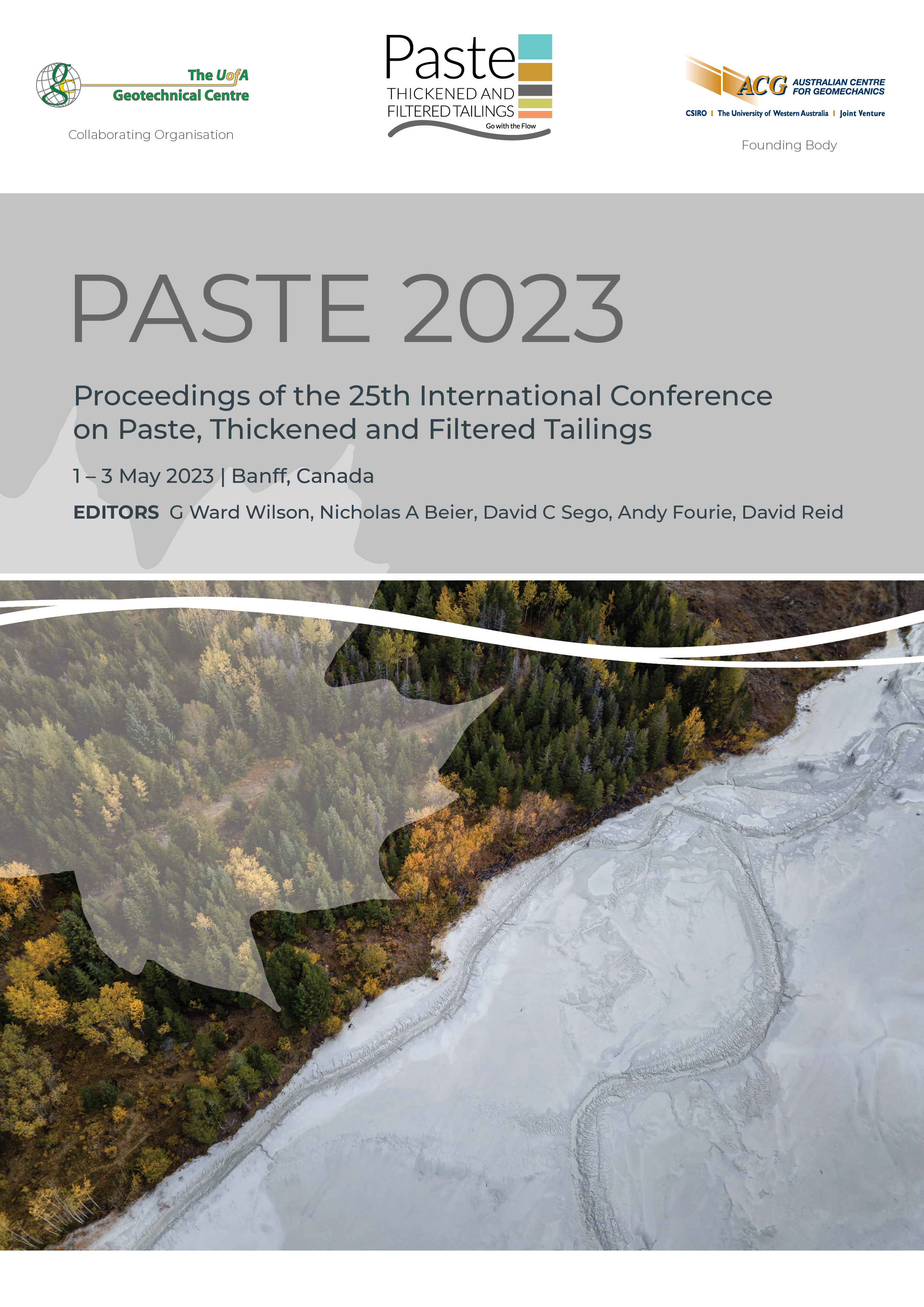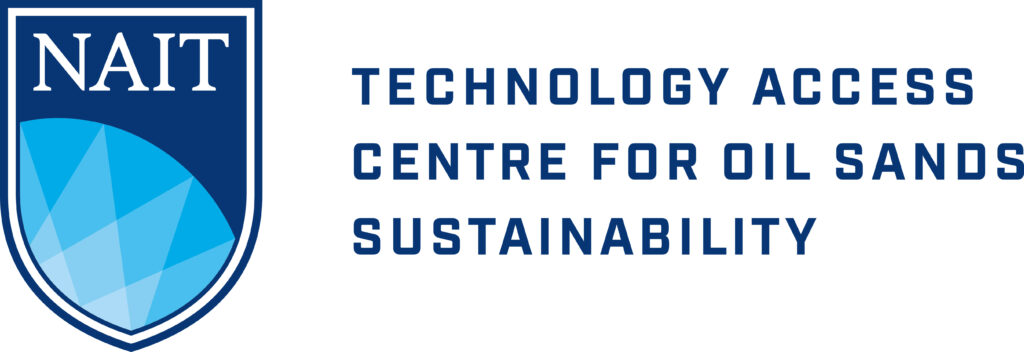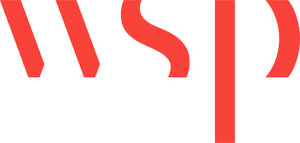Tailings filtration: integrating process design with geotechnical outcomes

|
Authors: de Kretser, R; Sofra, F |
DOI https://doi.org/10.36487/ACG_repo/2355_34
Cite As:
de Kretser, R & Sofra, F 2023, 'Tailings filtration: integrating process design with geotechnical outcomes', in GW Wilson, NA Beier, DC Sego, AB Fourie & D Reid (eds), Paste 2023: Proceedings of the 25th International Conference on Paste, Thickened and Filtered Tailings, University of Alberta, Edmonton, and Australian Centre for Geomechanics, Perth, pp. 455-464, https://doi.org/10.36487/ACG_repo/2355_34
Abstract:
With the number of high-profile tailings storage facility incidents over recent years, filtration and dry stacking has received unprecedented attention as a viable option for the management of tailings. Due to regulatory pressures, both new and existing operations are at the very least evaluating or re-evaluating the cost-benefit balance offered by tailings filtration. Consequently, there has been a significant increase in the amount of evaluative test and design programmes in the area. However, the quality of this work may not always meet a level of technical rigour commensurate with the higher cost and associated risk of the filtration approach. One key risk in the filtered tailings design process lies in the interface between the tailings processing and materials handling/geotechnical disciplines, which typically operate in isolation of each other. This risk is in part due to different terminologies and technical bases used for describing similar properties, but more so is due to this divide preventing development of a holistic picture of the behaviour of the material (e.g. dewatering rates, achievable versus target moistures, rheological behaviour, material variability) across thickening, pumping, filtration, cake handling and ultimate placement. If available as early as possible in the design process, this information can save money and reduce risk by allowing well-informed decisions around design criteria, equipment choices (type, size, dewatering pressure, operational targets) and ongoing detailed test programmes. Using indicative data (Compressibility/permeability, rheology, filter sizing, Atterberg limits, unconfined compressive strength, flow moisture point) this paper illustrates how a testing and evaluative approach integrating both process and geotechnical considerations can assist in clearly and quickly identifying critical flow sheet design information, operational windows, design and operational risks and highlight avenues for optimisation. Importantly much of this information can be obtained with relatively small sample sizes, early in the evaluation process and at lower cost. The strong interlinkage between material properties is also discussed. Whilst the focus of this paper is on filtration, this approach is equally valuable across all methods of tailings dewatering and disposal, and in particular assists with the early identification of the most suitable approach for an operation.
Keywords: cake moisture, cake handling, process design, flow sheet optimisation
References:
de Kretser, RG 2018, ‘Tailings filtration: risk reduction through understanding and designing for variability’, Proceedings of the 21st International Seminar on Paste and Thickened Tailings, Australian Centre for Geomechanics, Perth, pp. 63–74, .
de Kretser, RG & Scales, PJ 2007, ‘Linking Local and Average Filtration and Dewatering Parameters from Traditional, Fluid Mechanical and Geotechnical Theories’, Transactions of the Filtration Society, vol. 7, no. 1, pp. 60–66.
de Kretser, RG, Usher, SP, Scales, PJ, Landman, KA & Boger, DV 2001, ‘Rapid measurement of dewatering design and optimization parameters’, AIChE J, vol. 47, pp. 1758–1769.
Scales, PJ, Crust, AH & Usher, S, 2015. ‘Thickener modelling – from laboratory experiments to full-scale prediction of what comes out the bottom and how fast’, Proceedings of the 18th International Seminar on Paste and Thickened Tailings, Australian Centre for Geomechanics, Perth, pp. 3–12, .
Stickland, AD, Scales, PJ & Styles, JR 2005, ‘Comparison of Geotechnical Engineering, Consolidation and Physical Science Filtration Testing Techniques for Soils and Suspensions’, Geotechnical Testing Journal, vol. 28, no. 6, pp. 596–604, paper ID GTJ1188.
Wakeman, RJ & Tarleton, ES 1999, Filtration: Equipment selection, modelling and process simulation, Elsevier Advanced Technology, Oxford.
Zhou, Z, Scales, PJ & Boger, DV, 2001, ‘Chemical and physical control of the rheology of concentrated metal oxide suspensions’, Chemical Engineering Science, vol. 56, pp. 2901–2920.
© Copyright 2024, Australian Centre for Geomechanics (ACG), The University of Western Australia. All rights reserved.
View copyright/legal information
Please direct any queries or error reports to repository-acg@uwa.edu.au
View copyright/legal information
Please direct any queries or error reports to repository-acg@uwa.edu.au



